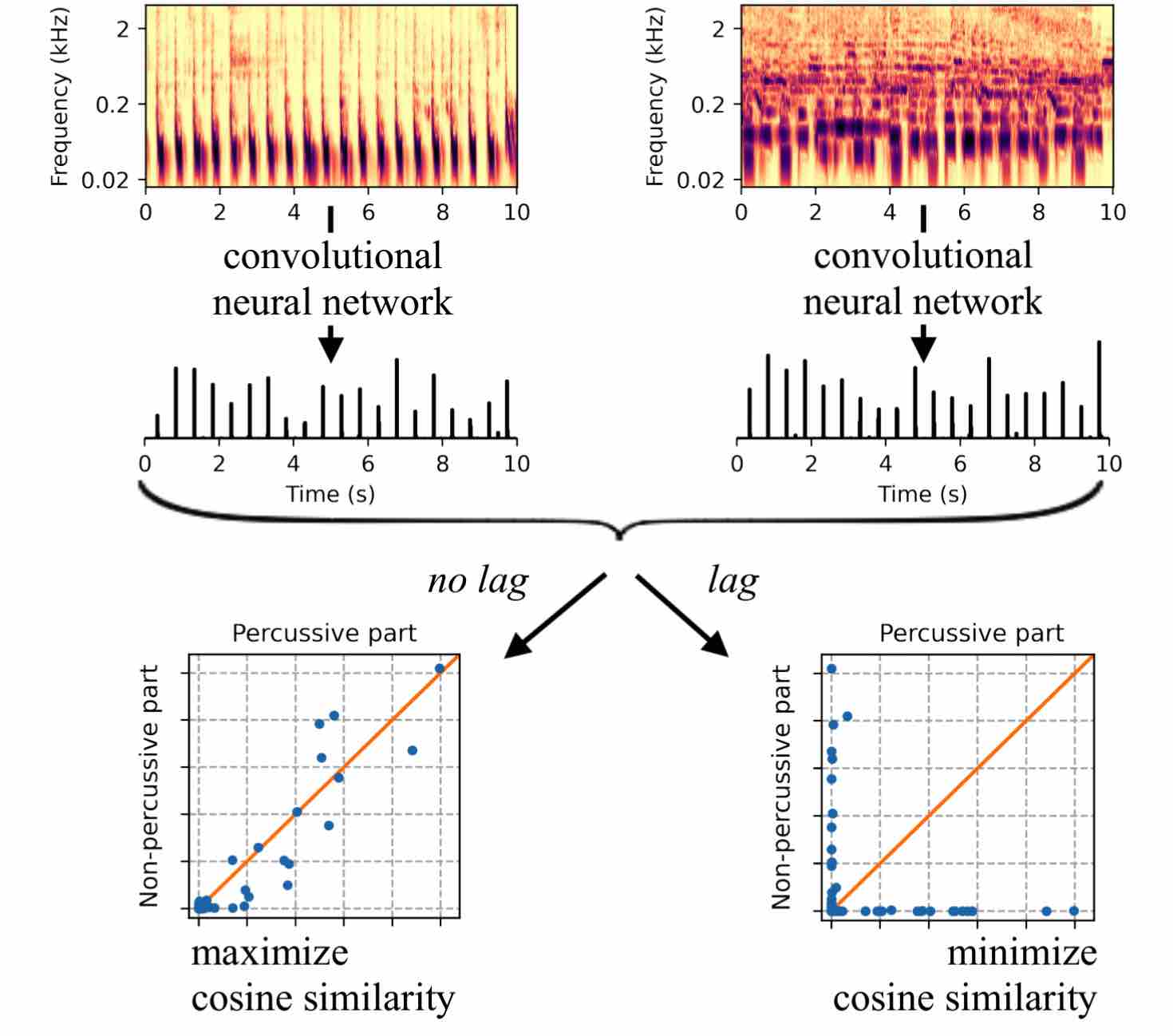
Zero-Note Samba: Self-Supervised Beat Tracking
Articles dans une revue
Auteurs : Dorian Desblancs, Vincent Lostanlen, Romain Hennequin.
Publié dans : IEEE/ACM Transactions on Audio, Speech and Language Processing
Date de publication : 2023
Blind source separationMulti-layer neural networkMusic information retrievalUnsupervised learning